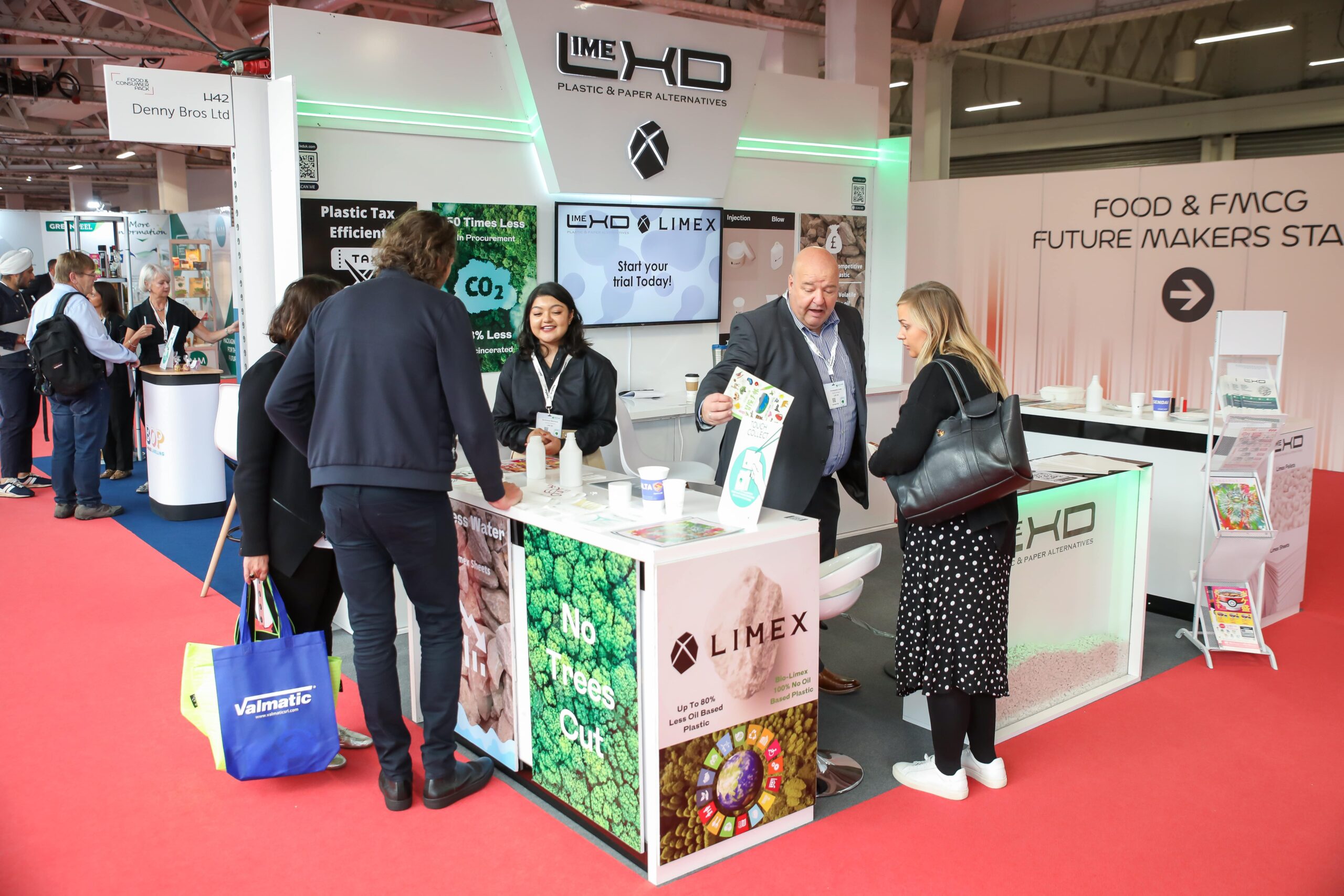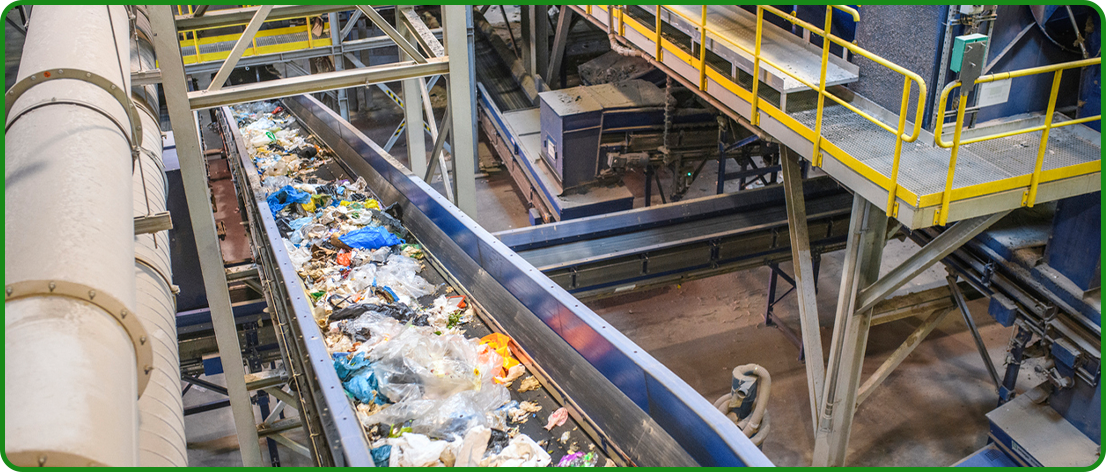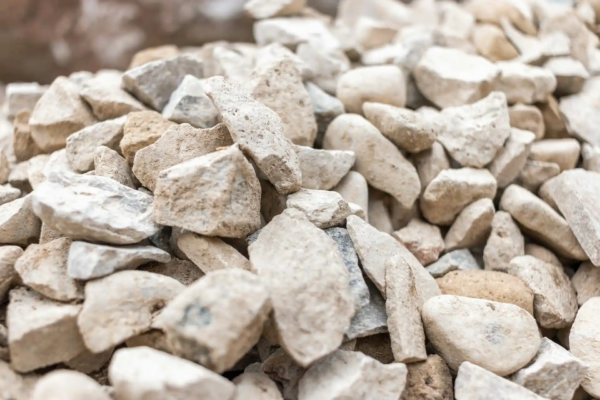The compatibiliser can handle various plastics that traditional recycling methods struggle with.


Reduction in Landfill Waste
By recycling complex plastics, we reduce pressure on landfills and help preserve the environment.
Lower Carbon Footprint
Recycling plastics rather than producing virgin materials significantly cuts greenhouse gas emissions.
Cost Savings
Businesses can lower costs by using recycled materials without compromising quality or functionality.
Market Leadership
Adopting sustainable practices enhances a company’s reputation and strengthens its position in the market.

Closed-Loop System
The Chrome ABS Recycling process developed under the Landcinerate Prevented™ project introduces a breakthrough compatibiliser that allows the material to be recycled without stripping the chrome layer. This simplifies the recycling process, making it both more cost-effective and more environmentally friendly.
High Mechanical Integrity
Despite being recycled, the material retains its essential mechanical properties, ensuring durability and quality for end products.
Sustainability in Action
The process reduces the need for virgin plastics, supporting a more circular economy.

Automotive Components
Ideal for badges, emblems, and trims.
Other Industries
Can be extended to any application requiring durable, chrome-plated ABS plastics.

The compatibiliser can handle various plastics that traditional recycling methods struggle with.
The recycled materials can be utilised in industries such as construction, packaging, and even automotive manufacturing.
By preventing these plastics from being incinerated or sent to landfills, the process significantly reduces environmental harm.
Recycled sink fraction plastics can be used to manufacture durable building components.
The material can also be formed into eco-friendly packaging solutions.
As the automotive industry shifts towards sustainable practices, recycled plastics can be incorporated into non-structural car parts.

Compliance with Environmental Regulations
Many countries, including the UK, are tightening regulations on waste management and carbon emissions. Using recycled plastics such as Chrome ABS and Sink Fraction Plastics can help businesses meet these requirements.

Consumer Demand
Consumers are becoming increasingly conscious of the environmental impact of their purchases. Businesses that incorporate recycled materials into their products can appeal to this growing market segment.
Sourcing chrome-plated ABS plastics from automotive waste.
Applying the novel compatibiliser to allow the material to be recycled without chrome removal.
The recycled material is reformed and can be used for new automotive components.
Collecting mixed plastic waste streams.
Bonding different plastic types within the waste stream.
The stable recycled material is used in various industrial applications, such as construction or packaging.
